Diploma in Data Science with AI ML
Overview
Data Science Course with Placement Guarantee
Description
Best Data Science Course With Placement Guarantee
Cranes Varsity offers a Data Science Course With Placement Guarantee. You will learn how to use Python, SQL, and R for data science. This course will teach you how to analyze and interpret data, create models and develop machine learning algorithms for big data.
The Placement Oriented Program on Data Science and AI/ML (Artificial Intelligence/Machine Learning) at Cranes Varsity is a comprehensive and industry-focused training program that equips students with the skills and knowledge required to excel in the rapidly growing field of data science and AI/ML. With a strong emphasis on practical training and industry relevance, this program prepares students for successful careers in data-driven industries.
The curriculum of the program covers a wide range of topics related to data science, AI, and machine learning, including data exploration and visualization, statistical analysis, predictive modeling, deep learning, and Tableau. Students receive hands-on training on popular data science and AI/ML tools and frameworks, enabling them to develop proficiency in analyzing complex data sets and building AI/ML models. The program also incorporates real-world projects and case studies, allowing students to gain practical experience in solving data-driven problems.
Why Choose Cranes Varsity for Data Science Course?
Cranes Varsity recognizes the importance of industry collaboration in the data science and AI/ML domain. As such, the institute has established strong partnerships with leading technology companies and industry experts. This collaboration facilitates guest lectures, workshops, and industry visits, providing students with exposure to the latest trends and technologies in the field. It also opens doors to internship opportunities and potential job placements.
To enhance students’ employability, the program also focuses on developing essential soft skills, such as communication, critical thinking, and problem-solving. Students receive guidance on resume building, interview preparation, and career counseling, ensuring they are well-prepared for the job market. The dedicated placement cell at Cranes Varsity assists students in connecting with industry recruiters and organizing placement drives, maximizing their chances of securing lucrative job offers in top data science and AI/ML companies.
By enrolling in the Placement Oriented Program on Data Science and AI/ML, students gain a strong foundation in data science and AI/ML concepts, along with practical experience and industry exposure. This program prepares them for roles such as data scientist, AI/ML engineer, business analyst, or data engineer. With a focus on practical training, industry collaboration, and job placement, this program equips students with the skills they need to thrive in the dynamic and evolving field of data science and AI/ML.
Cranes Varsity offers a Data Science Course With Placement Guarantee. You will learn how to use Python, SQL, and R for data science. This course will teach you how to analyze and interpret data, create models and develop machine learning algorithms for big data.
POP in Data Science is designed to cater to graduate engineering students, students in their final year, and also to the Working professionals from any domain.
Data Science course is split into several modules, learners will go through these modules stage by stage with regular assessments. Modules covered include basic and advanced, Python programming, Database management with SQL, statistics and mathematics, Data analysis using TABLEAU, Machine Learning, Deep learning, and very popular Natural Language processing, and also the course includes several capstone projects.
Candidates completing the data science course will get placement opportunities from various industries, such as Information Technology, Automotive companies, Banking, Professional consulting firms, healthcare companies, and many more.
Our Data Science Course is designed by industry experts who have helped thousands of people like you land the job they deserve. You won’t find a more effective or affordable way to start your career in data science than with us!
Data Science Course Modules
- RDBMS using MySQL
- Python for Data Science
- Foundational Statistics
- Exploratory Data Analysis using Pandas
- Data Analysis and Visualization using Tableau
- Foundational Machine Learning
- Data Analysis and Visualization Using Excel
- Advanced Python and Unit Testing.
- Advanced Machine Learning and Model Improvement
- Deep Learning
- Capstone Project
- Apply statistical methods to make decision in various business problems, including bank, stock market etc.,
- Apply regression to predict future flight price
- Apply classification to classify customer
- Use clustering to cluster banking customers
- Computer vision projects like Face recognition, Image Quality Improvement etc.
- Anaconda Distribution Jupyter, Spyder, MySQL
- Tableau, Excel Tkinter
Data Science Course Content
- Introduction to databases and RDBMS,
- Database creation, concept of relation and working examples
- Creating tables. Design view of the table, Alter table operations & Key Constraints
- Read, update and delete operations on tables. Working with nulls
- Querying tables: Select statement, examples and its variations
- Filtering, Sorting, Predicates and working examples
- Joins in SQL and working examples
- Insert, Update, Delete operations and working examples
- Scalar functions in SQL and working examples
- SQL set based operations and data aggregation
- Sub-queries in SQL
- Normalization and de-normalization: Views and Temporary tables
- Transactions in SQL
- SQL programming Creating stored procedures, Cursors in SQL
- EBS(Elastic Block Storage),VPC
- EBS volumes and Snapshots
- RDS
- Introduction to Python
- Python Data types and Conditions
- Control Statements
- Python Functions
- Default arguments
- Functions with variable number of args
- Scope of Variables
- Global specifier
- Working with multiple files
- List and Tuple
- List Methods
- List Comprehension
- Map and filter functions
- String
- List comprehension with conditionals
- Set and Dictionary
- Exception Handling
- File Handling
- NumPy
- Vectorization
- Broadcasting
- Slicing of Matrices
- Filtering
- Array Creation Functions
- NumPy Functions across axis
- Stacking of arrays
- Matrix Calculation
- Pandas Data frame
- Selection Data (loc, iloc)
- Filtering Data Frames
- Working with Categorical Data
- Grouping & Aggregation
- Merging Data Frame(concat, merge)
- Sorting Data Frames
- Importing csv files
- Importing Excel Files
- Creating graphs using Matplotlib
- Customizing Plots
- Saving Plots
- Scatter Plot, Line Graph
- Bar Graph, Histogram
- Subplots
- Seaborn
- Matplotlib
- Logarithm
- Python Scipy Library
- Mean Absolute Deviation,
- Standard Deviation
- Probability and Distribution
- Normal Distribution and Z Score
- Descriptive and Inferential Statistics
- Binomial Theorem
- Visualizing Data
- Mean, Median, Mode
- Hypothesis testing
- Variance: ANOVA
- Percentile,
- Inferential Statistics
- Statistical Significance
- Log Normal Distribution
- Chi-square test, T test
- Data Preprocessing
- Standardization and normalization
- Ordinal, frequency encoding
- Transformation
- Tableau Introduction
- Traditional Visualization vs Tableau
- Tableau Architecture
- Working with sets
- Creating Groups
- Data types in Tableau
- Connect Tableau with Different Data Sources
- Visual Analytics
- Parameter Filters
- Cards in Tableau
- Charts, Dash-board
- Joins and Data Blending
- Tableau Calculations using Functions
- Building Predictive Models
- Dynamic Dashboards and Stories
- Logarithm
- Python Scipy Library
- Data Preprocessing
- Standard Deviation
- Probability and Distribution
- Handling missing data
- Descriptive and Inferential Statistics
- Binomial Theorem
- Onehot Encoding
- Mean, Median, Mode
- Hypothesis testing
- Label encoding
- Percentile,
- Inferential Statistics
- Standardization and normalization
- Log Normal Distribution
- Chi-square test, T test
- Binning
- Mean Absolute Deviation,
- Ordinal, frequency encoding
- Transformation
- Handson Examples
- Case study: To perform Data cleaning and statistical analysis
- Introduction to excel
- Viewing, Entering, and Editing Data
- Introduction to Data Quality
- Intro to Analyzing Data Using Spreadsheets
- Converting Data with Value and Text
- Apply logical operations to data using IF
- Charting techniques in Excel
- Interactive dashboard creation
- Data analytics project using Excel
- Object Oriented Programming
- Overloading Operator
- Inheritance
- Regular Expression
- Finding Patterns of Text
- Meta characters
- Testing Fundamentals
- Unit Testing with Pytest
- Working with JSON
- Decorators
- UI Development with Tkinter
- Containers
- Iterators
- UI development Mini Project
- Optimizing regression models with forward elimination, grid search cv
- Improving classification models with Ensemble modeling
- Boosting techniques,: ADA boost, Gradient Boost, XG boost
- Regularization L1 and L2 regularization
- Random Forest, Bagging
- Dimensionality Reduction with PCA
- Clustering and types
- Evaluate clustering results, Elbow Plot
- Train test split the data
- Kmeans Clustering
- Hierarchical clusterin
- Hyperparameter Tuning
- ML Project
- ML Project
- Stacking and Voting
- What is Deep Learning
- Hidden Layers
- Building project based on CNN
- Deep Learning Methods
- Activation Function
- Tensorflow, pytorch, Keras
- Deep Learning Application
- Forward and Backward propagation
- Batch Normalization, dropout
- Artificial Neural Network
- Deep Learning Libraries
- Performance measure for ANN
- CNN architecture
- CNN for computer vision
- Need for Hardwares in Deep learning
- Computer vision basics
- OpenCV
- Working with Images
- Edge detection
- Filtering
- Object detection
- Transfer Learning
- Pretrained models,
- Restnet50, Imagenet, Mobilenet
Generic:
Day 1:
Introduction to Python
- Using Python Interpreter
- Python script file
- Print Message to Standard Output
- variables and data types
- Reading Input from console
- Type Conversion
- Arithmetic Operators and Conditions
Day 2:
Control Flow
- Relational Operators
- if…else statement
- if…elif…else statement
- Logical operators
- While Loops
- break and continue statement
- Loops with else statement
- pass statement
- Python for loop
- Range Function
Day 3:
Lists
- Creating List
- Accessing elements from List
- Inserting and Deleting Elements from List
- List Slicing
- Joining two lists
- Repeating sequence
- Nested List
- Built-in List Methods and Functions
- Searching elements in List
- Sorting elements of List
- Implementing Stack using List
- Implementing Queue using List
- Shallow and Deep copy
- List Comprehensions
- Conditionals on Comprehensions
Day 4:
Functions
- Defining Functions in Python
- Function Argument
- Single Parameter Functions
- Function Returning single Values
- Functions with multiple parameter
- Function that return Multiple Values
- Functions with Default arguments
- Named arguments
- Scope and Lifetime of Variables
- global specifier
- Functional programming tools: map(), reduce() and filter()
- Lambda: short Anonymous functions
- Creating and importing modules
- Programming Examples & Assignments
- Recursion
Day 5:
Python Data Structures
- Python Set
- Creating Set
- Adding/Removing elements to/from set
- Python Set Operations : Union, Intersection, Difference and Symmetric Difference
- Python Tuple
- Creating Tuple
- Understanding Difference between Tuple and List
- Accessing Elements in Tuple
- Python Dictionary
- Creating Dictionary
- Accessing / Changing / Deleting Elements in Dictionary
- Built-in Dictionary Methods and Functions
Day 6:
Exception Handling
- Understand Exception
- Handling exception
- try and except blocks
- multiple except blocks for a single try block
- finally block
- Raising exceptions using raise
Day 7:
File Handling
- Introduction to File handling
- File opening modes
- Reading data from file
- Writing data to file
Day 8:
Object Oriented Programming
- Creating Class
- Creating Objects
- Method Invocation
- Understanding special methods
- init method
- del method
- str method
- Operator Overloading
- Overloading arithmetic operators
- Overloading relational operators
- Inheritance
Day 9:
Module 1 – Data Analysis and Visulization
- NumPy
- Vectorized
- Operation
- Subsetting
- Matrix Calculation
Day10:
Pandas
- Pandas Series
- Pandas Dataframe
- Importing Data
Day11:
Data cleaning with pandas
- Data Cleaning
- Handling Missing Data
Day12:
Matplotlib
- Creating graphs using Matplotlib
- Customizing Plots
- Saving Plots
Day13:
Module 2-Machine Learning
- Understand what is Machine Learning
- Supervised Learning
- Unsupervised Learning
Day14:
Introduction to Regression
- Regression
- Linear Regression with Single Variable
- Multiple Linear Regression
Day15:
Training Data Set
- Training and Testing Data
- Handling Categorical Data
- K-Fold Cross Validation
Day16:
Logistic Regression
- Classification
- Logistic Regression – Binary classification
- Logistic Regression – Multiclass classification
Day17:
Decision Tree
- Decision Tree Classifier
- Support Vector Machine
- KNN Classifier
Mini -Projects:
- Python project development based onmatplotlib&pandas.
- Python project development based onNumpy.
Core Programming:
- Introduction to databases and RDBMS,
- Database creation, concept of relation and working examples
- Creating tables. Design view of the table, Alter table operations & Key Constraints
- Read, update and delete operations on tables. Working with nulls
- Querying tables: Select statement, examples and its variations
- Filtering, Sorting, Predicates and working examples
- Joins in SQL and working examples
- Insert, Update, Delete operations and working examples
- Scalar functions in SQL and working examples
SQL set based operations and data aggregation
Sub-queries in SQLNormalization and de-normalization: Views and Temporary tables
Transactions in SQLSQL programming
Creating stored procedures, Cursors in SQL- EBS(Elastic Block Storage),VPC
- EBS volumes and Snapshots
- RDS
- Introduction to Python
- Python Data types and Conditions
- Control Statements
- Python Functions
- Default arguments
- Functions with variable number of args
- Scope of Variables
- Global specifier
- Working with multiple files
- List and Tuple
- List Methods
- List Comprehension
- Map and filter functions
- String
- List comprehension with conditionals
- Set and Dictionary
- Exception Handling
- File Handling
Analytics Specialization:
NumPy | Vectorization | Broadcasting |
Slicing of Matrices | Filtering | Array Creation Functions |
NumPy Functions across axis | Stacking of arrays | Matrix Calculation |
Pandas Data frame | Selection Data (loc, iloc) | Filtering Data Frames |
Working with Categorical Data | Grouping & Aggregation | Merging Data Frame(concat, merge) |
Sorting Data Frames | Importing csv files | Importing Excel Files |
Creating graphs using Matplotlib | Customizing Plots | Saving Plots |
Scatter Plot, Line Graph | Bar Graph, Histogram | Subplots |
Seaborn | Matplotlib |
| Logarithm | Python Scipy Library | Data Preprocessing |
| Standard Deviation | Probability and Distribution | Handling missing data |
| Descriptive and Inferential Statistics | Binomial Theorem | Onehot Encoding |
| Mean, Median, Mode | Hypothesis testing | Label encoding |
| Percentile, | Inferential Statistics | Standardization and normalization |
| Log Normal Distribution | Chi-square test, T test | Binning |
| Mean Absolute Deviation, | Ordinal, frequency encoding | Transformation |
| Handson Examples | Case study: To perform Data cleaning and statistical analysis |
| Tableau Introduction | Traditional Visualization vs Tableau | Tableau Architecture |
| Working with sets | Creating Groups | Data types in Tableau |
| Connect Tableau with Different Data Sources | Visual Analytics | Parameter Filters |
| Cards in Tableau | Charts, Dash-board | Joins and Data Blending |
| Tableau Calculations using Functions | Building Predictive Models | Dynamic Dashboards and Stories |
Data Science Specialization:
Logarithm | Python Scipy Library | Data Preprocessing |
Standard Deviation | Probability and Distribution | Handling missing data |
Descriptive and Inferential Statistics | Binomial Theorem | Onehot Encoding |
Mean, Median, Mode | Hypothesis testing | Label encoding |
Percentile, | Inferential Statistics | Standardization and normalization |
Log Normal Distribution | Chi-square test, T test | Binning |
Mean Absolute Deviation, | Ordinal, frequency encoding | Transformation |
Handson Examples | Case study: To perform Data cleaning and statistical analysis |
Introduction to excel | Viewing, Entering, and Editing Data | Introduction to Data Quality |
Intro to Analyzing Data Using Spreadsheets | Converting Data with Value and Text | Apply logical operations to data using IF |
Charting techniques in Excel | Interactive dashboard creation | Data analytics project using Excel |
Object Oriented Programming | Overloading Operator | Inheritance |
Regular Expression | Finding Patterns of Text | Meta characters |
Testing Fundamentals | Unit Testing with Pytest | Working with JSON |
Decorators | UI Development with Tkinter | Containers |
Iterators | UI development Mini Project |
Optimizing regression models with forward elimination, grid search cv | Improving classification models with Ensemble modeling | Boosting techniques,: ADA boost, Gradient Boost, XG boost |
Regularization L1 and L2 regularization | Random Forest, Bagging | Dimensionality Reduction with PCA |
Clustering and types | Evaluate clustering results, Elbow Plot | Train test split the data |
Kmeans Clustering | Hierarchical clusterin | Hyperparameter Tuning |
ML Project | SVM | Stacking and Voting |
What is Deep Learning | Hidden Layers | Building project based on CNN |
Deep Learning Methods | Activation Function | Tensorflow, pytorch, Keras |
Deep Learning Application | Forward and Backward propagation | Batch Normalization, dropout |
Artificial Neural Network | Deep Learning Libraries | Performance measure for ANN |
CNN architecture | CNN for computer vision | Need for Hardwares in Deep learning |
Computer vision basics | OpenCV | Working with Images |
Edge detection | Filtering | Object detection |
Transfer Learning | Pretrained models, | Restnet50, Imagenet, Mobilenet |
Capstone Title Selection | Abstract submission | Literature Survey |
Project Basic model | Interim Report | Final Model Deployment with Pipeline |
Project report Submission |
Hiring Partners


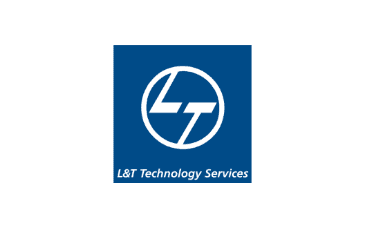


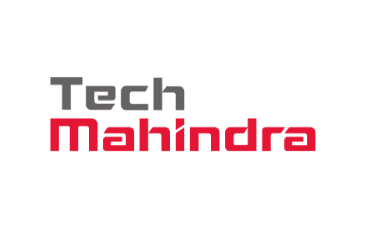
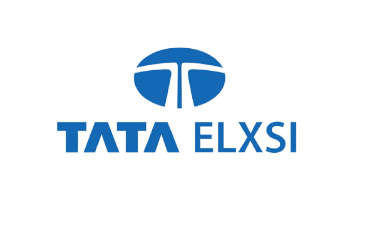
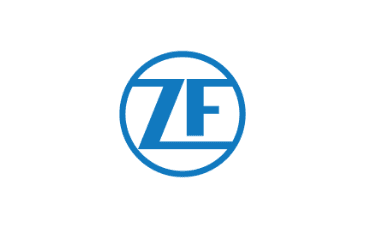

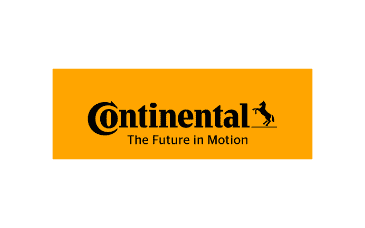
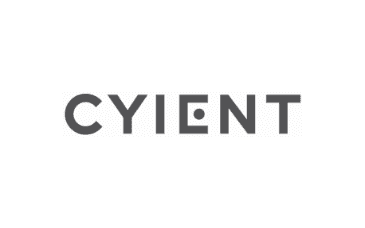



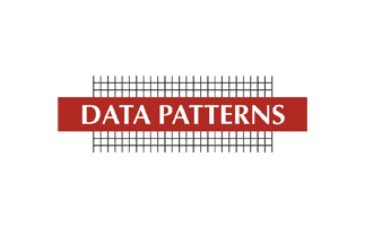
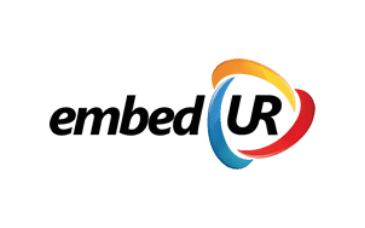

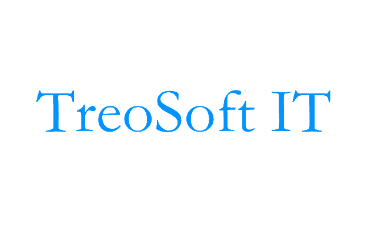
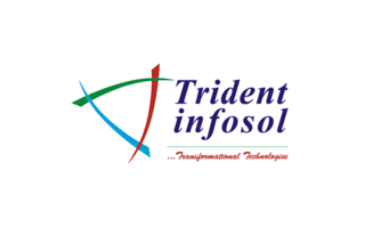


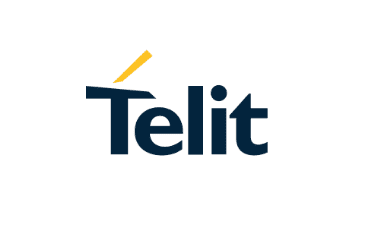




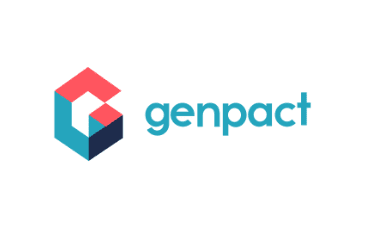
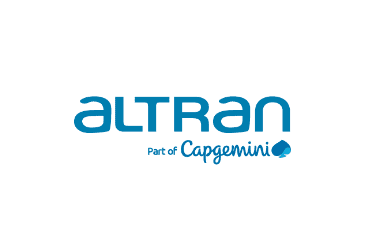


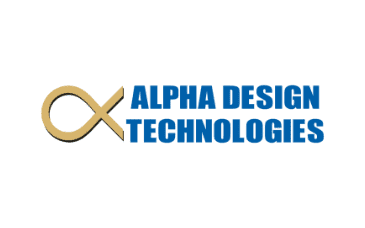
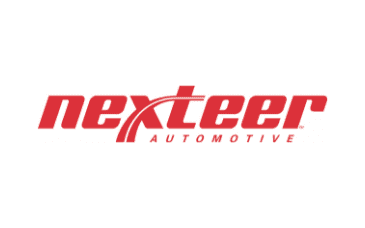
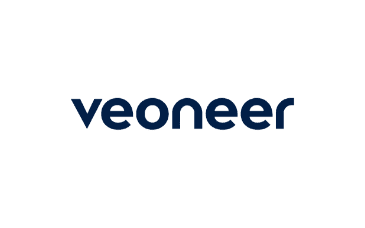
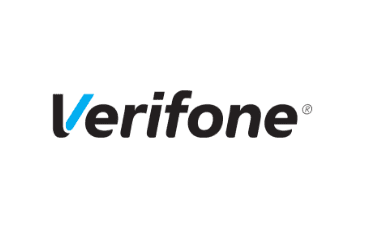




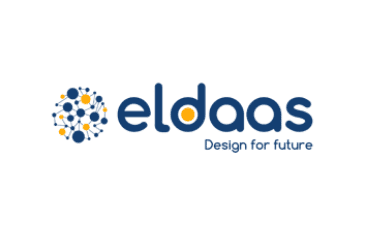
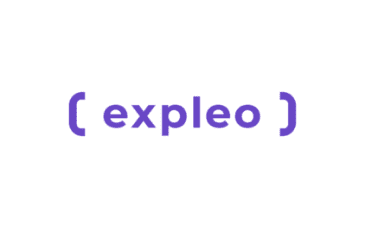
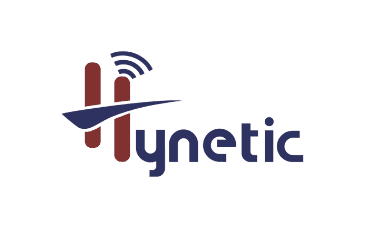
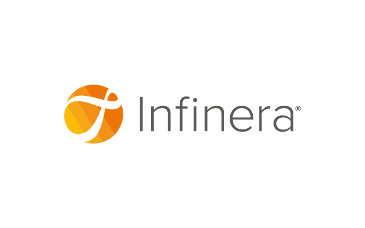






FAQs
Does Cranes Varsity offer placement assistance after Data Science Course completion?
Yes, Cranes provides 100% placement assistance for all students enrolled for the full course.
How will I be evaluated during the Data Science Course?
The course is split into sub-modules, students have to complete each module test, and also mock and placement tests will be conducted frequently.
What are the mode of delivery of the Data Science and Machine Learning program?
Data Science and Machine Learning Course Program are available in both Online and offline modes, students can choose depending on their convenience.
Are Machine Learning Certificates worth it?
Yes, Machine Learning engineers are in huge demand in almost every industry, having certification will get you higher opportunities in this highly in-demand and high-paying domain.
Testimonials
First of all, I would like to extend my thanks to each and every member of Cranes Varsity. We were taught from the very basics of Embedded Systems Design which made it easier for students from all levels. I would like to extend my vote of thanks to cranes varsity to provide me with numerous opportunities.
Cranes are one of the top embedded training institutes in Bangalore. It has been a wonderful learning experience in Cranes Varsity. The training in every module of embedded systems at Cranes was effective. It provides a good platform for embedded systems. Cranes helped me get a job in the embedded industry.
It was a great experience in Cranes. My dream was to get into the embedded domain. As a fresher, it is difficult to get into the Embedded Design field, but Cranes made a huge difference in my career by giving the best training and placement assistance provided by Cranes. I would like to say Cranes is the best to choose for those who dream of embedded opportunity.
I take this opportunity to thank “CRANES VARSITY”, one of the best-embedded training institutes which are helping students to get into the best company to build their career. I thank all the trainers who enhanced my knowledge in every subject and the placement team for giving me the best opportunities in the field of embedded. Thank you for all your support.
Cranes varsity is the best Embedded Training Institute to learn both practical and theoretical knowledge. It is the best place to gear up your career in a core embedded industry. Management and faculty member support till you get placed. They provided lots of opportunities to me. The embedded Course modules that we learnt here are systematic, and I immensely earned great knowledge.
I am happy for Cranes for giving a platform and providing opportunities for attending the interview. Modules test, Mock test really helps to clear any company written test/ interview. Trainers were excellent at explaining and clarifying the doubts. I am very thankful to Cranes Varsity.
Cranes varsity is the best platform to improve your technical skills in Embedded System Design. Their dedication towards teaching modules and interaction with the students is commendable, which made me achieve good skills for my career growth in the electronics/semiconductor industry.
Happy to say that I am placed in Lekha Wireless. Cranes are one of the best Embedded Training Institutes. The way of teaching in Cranes is good. I thank the management and faculty for the guidance and opportunity.
If not Cranes, I would have been doing a job of not my interest and passion. Cranes provided me with the platform to start my career and knowledge about corporate life and requirements. “Thank you, Cranes” would be an understatement.
Ankita Saigal
Placed in Robert Bosch

Santhosh SM
Placed in L&T Technology

Mayur MN
Placed in L&T Technology

Chandru V
Placed in Avin Systems

Hemanth Kumar
Placed in Caravel Info Systems

Ankit Ahalawat
Placed in AK Aerotek Software

Nithin G
Placed in Moschip Semiconductor

Amitha Pankaj
Placed in Lekha Wireless

Sidharth S
Placed in L&T Technology
Downloads
- CertificateYes



